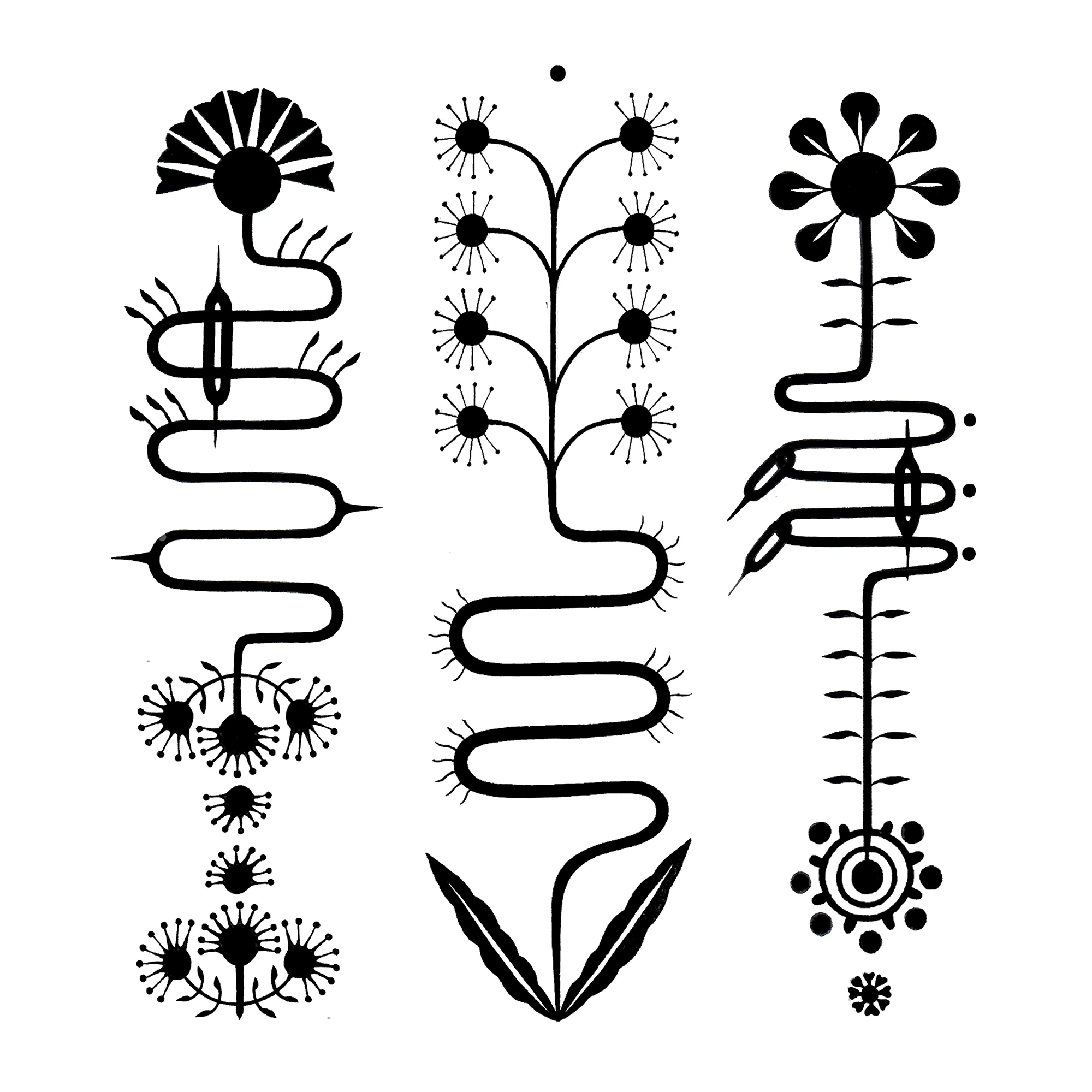This chapter features an interview with artist Mélanie Myers. It is three and a half minutes long.
Hi Mélanie, how would you describe your drawing style?
I use colored pencil, often drawing on prepared sheets or prepared structures of papier-mâché reliefs. The drawings are textured with tight repetitive marks, dense, quite colorful, figurative.
I think I impose strict little rules on myself without fully realizing. I feel like I draw what I see, like anyone else would. It's funny when I work with my assistant in the studio and I have to try to verbally explain to her how to draw the same as I did, that's when I notice the rules and constraints I’m self-imposing. For example, strokes that generally go in the same direction to form patches of color. Colors that do not overlap but touch each other. Unless it's pale. But 80% of the time it is pressed hard on the pencil.
There is negotiation between reproducing reality and letting go, or just following my arm, my wrist, allowing those gestures so that it creates a relationship between me and the landscape I’m looking at. For me, this is where it becomes drawing. When it's a conversation between the land and a body, mediated by the gaze.
What is the inspiration or story behind the installation in Drawing on Our History?
I explore our built environment a lot, not so much architecture or buildings, but rather the other systems that orient our body in space and frame our relationship to the outside, for example, the installation of art in public spaces. We often perceive them as something beneficial for everyone, but I'm not so sure that it's always relevant to plant a monumental work in our shared landscape.
This installation is part of my research on monumental artworks that have taken up a lot of financial, environmental and human resources. I reproduce them with more modest means, paper, pencil, my own time. By doing this, I can insert them into another environment, mitigate them, and have them relate to other elements that change the discourse or the properties of the original work.
Why are you drawn towards being an artist?
Visual arts, dance, literature, music are all forms of expression that move me perhaps more than real life, and I like to think outside of verbal language. There are tools and codes in visual communication that I understand really well, almost intuitively. And I like to operate in this realm because we don’t expect clear or structured results, like we do for sentences.
I also like the flexibility and how daily life is organized when you’re an artist, you’re essentially self-employed! Of course, I have to do all the things necessary for the well-being of my family, like food, shelter, hygiene, etc. But it is soothing to go and navigate my art life in a parallel place where everything is flexible. On the other hand, this brings a kind of torture, because while everything is nuanced and nothing is true, it also means that nothing is clear, nothing is finished, there is no clear “check mark.” Also, it doesn't pay well. :)
J’espère pouvoir dessiner jusqu’à temps que je crève. I want to do this forever. It occupies my body and my thoughts with infinite challenges.
Go to the next chapter to hear the curatorial label for Myers’s work.

This chapter is the text written by Danielle Printup for Study for Cradle. It is a minute long. A prominent multidisciplinary artist based in...

This chapter provides you with a physical description of the art gallery. It is a minute and a half long. The Carleton University Art...

This chapter describes Summer Landscape by Kazuo Nakamura, created in 1954, and measuring 39 by 57 cm. It is a minute long. This drawing...